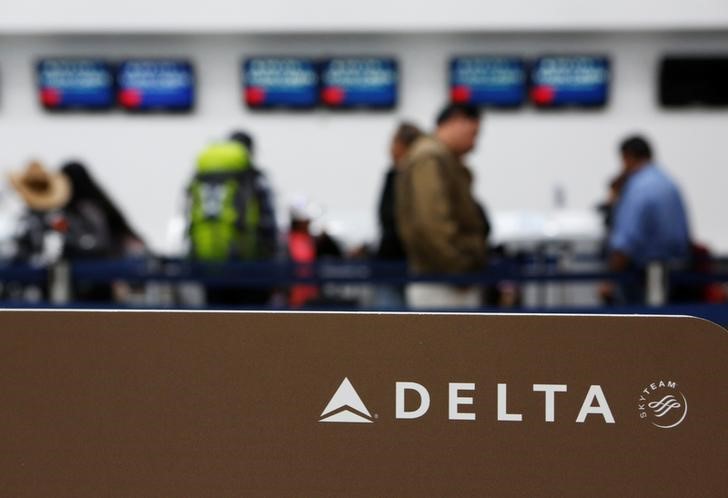WASHINGTON, (Reuters) - U.S. underlying consumer prices increased solidly in August, leading to the largest annual gain in a year, but rising inflation is unlikely to deter the Federal Reserve from cutting interest rates again next week to support a slowing economy.
The Labor Department said on Thursday its consumer price index excluding the volatile food and energy components gained 0.3% for a third straight month. The so-called core CPI was boosted by a surge in healthcare costs and increases in prices for airline tickets, recreation and used cars and trucks.
In the 12 months through August, the core CPI increased 2.4%, the most since July 2018, after climbing 2.2% in July.
Economists polled by Reuters had forecast the core CPI rising 0.2% in August and up 2.3% on a year-on-year basis.
But a decline in energy prices held back the increase in the overall CPI to 0.1% last month. The CPI gained 0.3% in July. In the 12 months through August, the CPI increased 1.7% after advancing 1.8% in July.
The Fed, which has a 2% inflation target, tracks the core personal consumption expenditures (PCE) price index for monetary policy. The core PCE price index rose 1.6% on a year-on-year basis in July and has fallen short of its target this year.
Economists expect inflation will accelerate in the coming months and breach its target in 2020 following the broadening this month of U.S. tariffs on Chinese goods to include a range of consumer goods. Still, the Fed is likely to continue cutting interest rates this year to offset the drag on the economy from the year-long U.S.-China trade war.
The trade stand-off, which has soured business confidence and tipped both U.S. and global manufacturing into recession, is threatening the longest economic expansion in history.
While Fed Chair Jerome Powell said last week he was not forecasting or expecting a recession, he reiterated the U.S. central bank would continue to act "as appropriate" to keep the expansion now in its 11th year on track.
Financial markets have fully priced in a rate cut at the Fed's Sept. 17-18 policy meeting. Most economists expect additional monetary policy easing in October and December.
The Fed cut rates in July for the first time since 2008.
In August, gasoline prices fell 3.5% after rebounding 2.5% in July. Food prices were unchanged for three straight months. Food consumed at home fell 0.2%.
Owners' equivalent rent of primary residence, which is what a homeowner would pay to rent or receive from renting a home, rose 0.2% in August for a second consecutive month.
Healthcare costs jumped 0.7% in August, the largest gain since August 2016, after jumping 0.5% in July. Apparel prices rose 0.2% after gaining 0.4% in the prior month. The government early this year introduced a new method and data to calculate the cost of apparel.
Used motor vehicles and trucks prices increased 1.1% in August. They have now increased for three straight months. Prices for new motor vehicles dipped 0.1%. The cost of household furnishings and operations fell.
